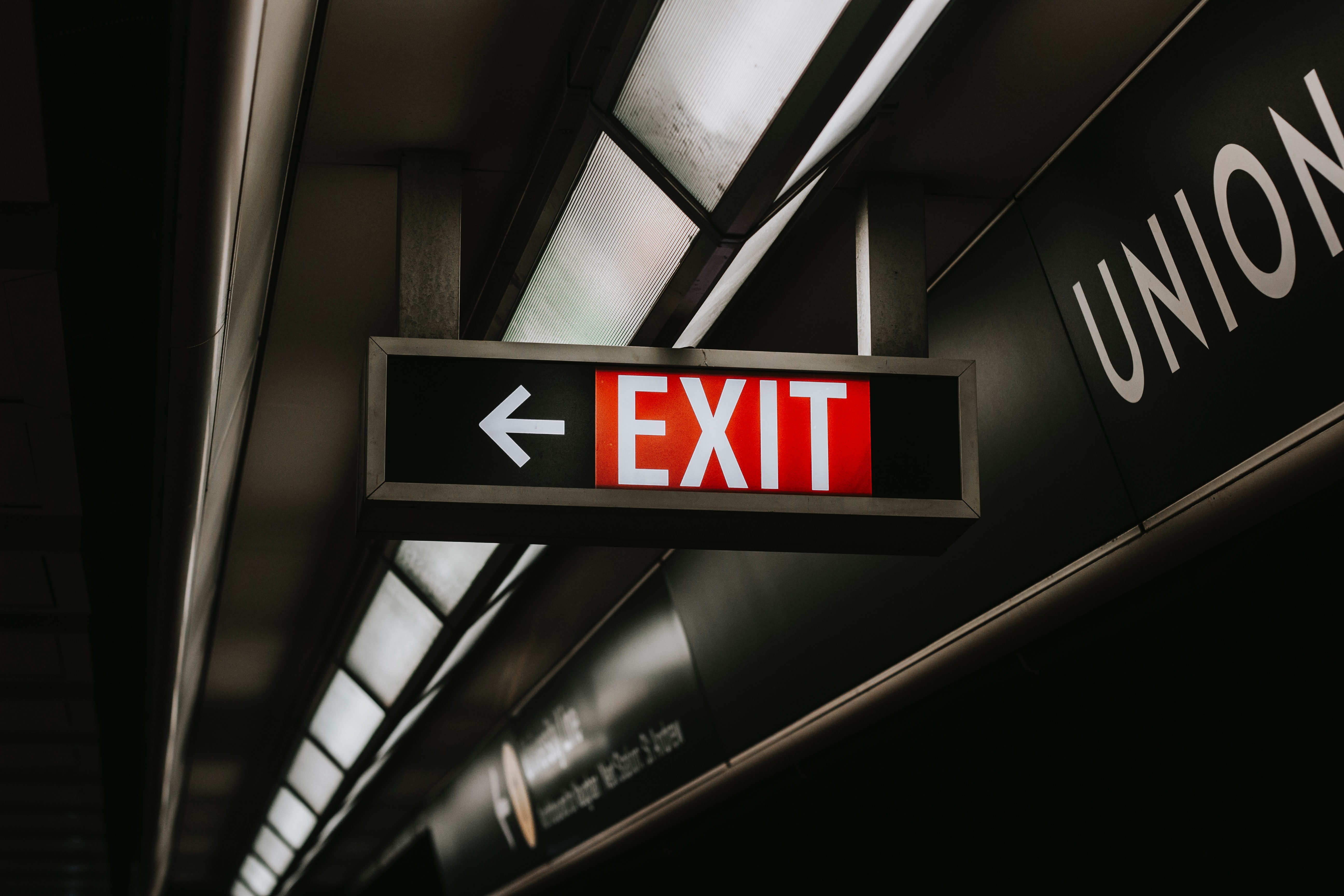In 2020 the government consulted on proposals to create up to ten freeports across the UK. In the wake of the UK’s BREXIT departures from the EU in 31 December 2020, the freeport plans are developing further.
The government is now proposing a range of measures covering customs, tax reliefs, planning, regeneration funding and innovation to create freeports as national hubs for global trade and investment across the UK.
A UK freeport will be a geographical area with a diameter up to 45km which is closely linked to a sea port, airport or rail port. East Midlands airport, Felixstowe & Harwich, Humber, Liverpool City Region, Plymouth and South Devon, Solent, Teesside and Thames have been successful in the freeports bidding process for England.
The government is working with devolved administrations to establish freeports in each of the nations.
Customs benefits
Within the freeport there will be a primary customs site and perhaps custom subzones. A customs site or sub-zone provides customs and tariff benefits such as:
- Duty deferral while goods remain on site
- Duty inversion if the finished goods exiting the Freeport attract a lower tariff than their component parts
- Subject to the UK’s trade agreements, customs duty exemption on goods that are imported into a freeport, processed into finished goods and subsequently re-exported
- Simplified import procedures
Tax benefits
Freeports may also have one or more tax sites within which tax reliefs will apply. The aim is for a single site and up to three tax sites may be allowed but the total area of the site(s) must not exceed 600 hectares. The tax site will likely be located on primarily underdeveloped land to generate new, additional productive activity in freeport locations.
The intention is to offer:
- Stamp duty land tax relief on land purchases within freeport tax sites in England where that property is to be used for qualifying commercial activity
- A 10% rate of structures and buildings allowance rather than the 3% rate that applies for businesses constructing or renovating structures and buildings for non-residential use
- Enhanced tax relief for qualifying new plant
- And machinery assets for the full cost of the qualifying investment in the same tax period the cost was incurred
- 100% relief from business rates on certain business premises within freeport tax sites in England
Very broadly, the reliefs will apply for expenditure from various dates in 2021 to 30 September 2026.
In addition, a 0% rate of employer NICs on the salaries of any eligible employee working in the freeport tax site is proposed. The relief is intended to be available for up to 9 years from April 2022.


 Exit Route Planning
Exit Route Planning  Are you an AGN Member firm needing our help?
Are you an AGN Member firm needing our help? 
